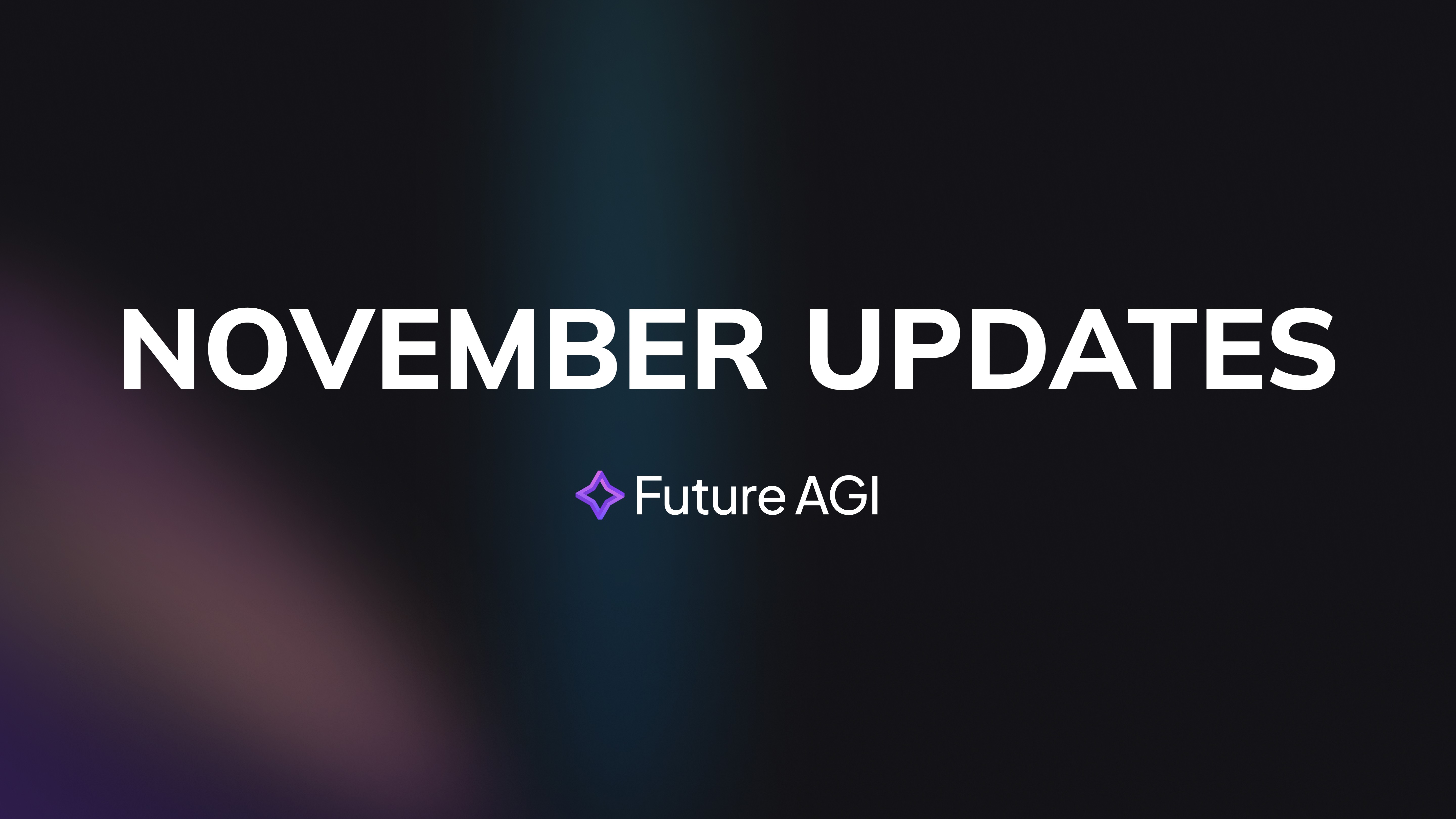Introduction
Retrieval-Augmented Generation (RAG) is a big step forward in natural language processing (NLP). For example, it mixes retrieval and generative methods for better, clearer results. This method uses large outside data sources to answer tough questions. However, building effective Retrieval-Augmented Generation systems needs high-quality datasets. Real-world data is often expensive, rare, or specific to one field. In contrast, synthetic datasets change everything. As a result, they fix data shortages and boost model performance in new ways.
What is Retrieval-Augmented Generation (RAG)?
RAG Architecture Overview
Retrieval-Augmented Generation has two main parts:
Retrieval Mechanism: Finds relevant documents or data based on user input.
Generative Model: Makes responses by mixing retrieved data with context.
Thus, this setup works well for tasks needing detailed, accurate answers. For instance, it helps with multi-turn chats, technical question answering, and live knowledge updates.

Applications of Retrieval-Augmented Generation (RAG)
(a) Customer Support
Retrieval-Augmented Generation systems improve customer service with accurate, context-aware replies. Specifically, they use special knowledge bases to handle complex questions. For example, a telecom chatbot can solve technical problems. It finds and creates step-by-step fixes. Therefore, this gives users faster, more dependable help.
(b) Document Summarization
Information overload is a real problem. Luckily, Retrieval-Augmented Generation is excellent at making long documents into short, clear summaries. It keeps key points in legal contracts, research papers, or business reports. To illustrate, a researcher provides a detailed journal article. Retrieval-Augmented Generation pulls out main findings and methods for easy reading.
(c) Educational Tools
RAG helps learning by giving exact, tailored answers to student questions. For instance, a student studying astrophysics enquires about "gravitational waves." The system provides a comprehensive explanation based on academic sources. As a result, this flexibility makes Retrieval-Augmented Generation a strong tool for personalized education.
Are you interested in exploring other applications of synthetic data? Read about its role in fine-tuning Large Language Models.
Why Synthetic Datasets Matter for RAG
Limitations of Real-World Datasets
(a) Scarcity: Limited Availability for Niche Domains
Real-world datasets are difficult to get for fields like legal, medical, or technical areas. For example, training a Retrieval-Augmented Generation system for drug research may lack datasets. They may not exist or be locked in private systems.
(b) High Costs: Time and Resources Needed for Labeling and Curation
Preparing real-world data takes manual work, like labelling and cleaning. In fact, such preparation is costly and slow. Building a dataset for a complex field could take months. Also, it needs expert input and large budgets.
(c) Biases: Domain-Specific Challenges That Hinder Generalization
Real-world datasets often have biases, like regional or cultural imbalances. These biases can weaken a Retrieval-Augmented Generation model’s ability to answer diverse questions. So, this leads to inconsistent or wrong answers.
Advantages of Synthetic Datasets
(a) Customizability: Tailored to Specific Tasks or Industries
Synthetic datasets are very flexible. For instance, do you require data for fintech customer support? You can make it fit exact terms, scenarios, and edge cases. Thus, this ensures Retrieval-Augmented Generation systems focus on specific problems.
(b) Scalability: Enabling the Training of Large-Scale Models Without Constraints
Real-world datasets take months to gather and label. However, researchers can create synthetic datasets at scale in just a few hours. Therefore, this lets researchers train and fine-tune big RAG models without data limits.
(c) Reduced Labeling Dependency: Generating Meaningful Content Without Extensive Manual Intervention
Synthetic datasets need less manual labelling. In particular, pretrained models can generate high-quality data, such as retrieval-generation pairs. As a result, this ensures Retrieval-Augmented Generation systems train on varied, useful content without much human effort.
Methods for Generating Synthetic Datasets
4.1 Data Augmentation
Data augmentation changes existing datasets to create varied, enriched training data.
Techniques: Methods like paraphrasing or synonym swaps make new versions while keeping the meaning. For example, a sentence can be reworded or translated and back for fresh views.
Workflow: Start with a real-world dataset. Apply augmentation methods step-by-step. Check the new data to ensure it fits the context.
So, this helps models handle different examples better.
4.2 Generative Models
Generative models use advanced AI to build new datasets from scratch.
Pretrained Models: Tools like GPT or T5 make realistic retrieval-generation pairs for Retrieval-Augmented Generation training.
Prompt Engineering: Good prompts ensure data fits specific contexts or question types. To illustrate, setting a domain or query type creates tailored data.
Thus, these models are great for making large, realistic datasets when real data is scarce.
4.3 Rule-Based Methods
Rule-based methods use set rules and templates to create synthetic datasets. Also, they offer structure and precision.
Domain-Specific Rules: For example, medical record templates can mimic patient data without privacy issues.
Pros and Cons: These datasets are exact and controlled, which is great for some uses. But they may lack a variety of generative models, limiting their wider use.
Therefore, this method works well for cases needing specific patterns in training data.
4.4 Combining Real and Synthetic Data
Blending real and synthetic data creates balanced, complete datasets for strong model training.
Transfer Learning: Start with real data to pre-train the model. Then, use synthetic data to fine-tune for specific tasks.
Balanced Mixing: Mix real and synthetic datasets carefully. Too much synthetic data can add biases. So, balance is key for the best results.
As a result, this approach uses the strengths of both data types to improve accuracy and strength.
Challenges and Best Practices
Quality Assurance
Noise Mitigation: Synthetic datasets can have irrelevant or biased data. To fix this, use advanced filters, like outlier detection, to remove it. AI tools for preprocessing also help improve quality.
Human Validation: Automation is key, but experts ensure data is accurate and relevant. In particular, in fields like healthcare or law, experts add vital insights.
Maintaining Domain Relevance
Domain Adaptation: Synthetic datasets must fit the target use. For example, fine-tuning models with field-specific data ensures relevance. To clarify, synthetic clinical records boost a medical model’s diagnostic power.
Contextual Consistency: Generated data must match user needs in language, style, and context. So, post-generation checks ensure alignment with real-world cases, vital for legal or customer support tasks.
Evaluating Dataset Effectiveness
Key Metrics: Use precision, recall, and F1 scores to check how datasets improve model performance. Specifically, these give a clear view of accuracy and coverage.
Model Comparisons: Test models trained on synthetic, real, and mixed datasets. For example, check a Retrieval-Augmented Generation system’s ability to answer field-specific questions before and after synthetic data training. Thus, this refines dataset quality.
Case Studies and Examples
Real-World Applications
Customer Service Bots: Enhanced Response Accuracy through Tailored Synthetic Data
Synthetic datasets train bots on field-specific talks. For instance, e-commerce bots can handle product returns or troubleshooting. So, this improves their ability to solve issues fast, reducing reliance on real-world data while staying adaptable.
Medical NLP Models: Improved Diagnostic Explanations Using Synthetic Datasets Mimicking Clinical Interactions
Specifically, synthetic datasets that mimic clinical talks help medical models give clear, exact diagnostic explanations. In particular, by simulating patient-doctor chats or case studies, these datasets equip models to offer useful insights, helping healthcare professionals.
Tools and Resources
7.1 Popular Tools
Hugging Face Transformers: For Dataset Augmentation and Synthetic Data Generation
Hugging Face’s transformers offer a strong platform for augmenting or creating synthetic data. For example, fine-tuning models like BERT or GPT makes relevant data for Retrieval-Augmented Generation systems.
OpenAI API: Flexible Generative Capabilities for Synthetic Content Creation
The OpenAI API lets users create precise synthetic datasets. Also, well-designed prompts make varied, scalable data for tasks like question answering or summarization.
7.2 Data Sources
WikiData and Common Crawl: Rich Repositories to Support Synthetic Dataset Generation:
WikiData provides a structured, open-source knowledge base that is ideal for generating retrieval-oriented synthetic datasets. Meanwhile, Common Crawl offers an extensive archive of web data, enabling the extraction of diverse text samples to simulate real-world use cases. These resources form a strong foundation for building datasets tailored to various NLP challenges.
How FutureAGI Revolutionizes Synthetic Data Generation for RAG
FutureAGI offers a top platform for creating high-quality synthetic datasets. In particular, it helps organizations build strong RAG systems with ease and precision. Users can set data needs or share a few examples, and FutureAGI scales it to thousands.
Key benefits include:
Customizability: Create datasets that fit exact needs, cutting manual prep time by up to 80%.
Iterative Refinement: Automatically check and improve data quality with semantic and distribution tests, boosting accuracy by 30-40% on average.
Scalability: Make large datasets fast, cutting operational expenses by 70% compared to manual labelling.
In conclusion, FutureAGI helps organizations overcome data scarcity. Ultimately, it builds strong RAG systems with diverse, high-quality synthetic data.
FAQs









